11 Rites of Passage for Every DIY Mechanic
Read all the books you want. Watch all the TV shows and YouTube mechanic videos that have ever been filmed. Sit and have a conversation with everyone who has turned a wrench. You still won’t be a mechanic, because practice and experience cannot be taught.
When younger enthusiasts recount certain adventures (or misadventures) to those with a few more years in the hobby, the seasoned folks will nod along. A mechanic’s rites of passage often need no explaining; by definition, these experiences have become universally accepted as ones that you must encounter and conquer to become proficient.
Which of these 11 rites of passage have you experienced, and which do you think changed you the most?
Rite of Passage #1: Roadside repair with makeshift parts
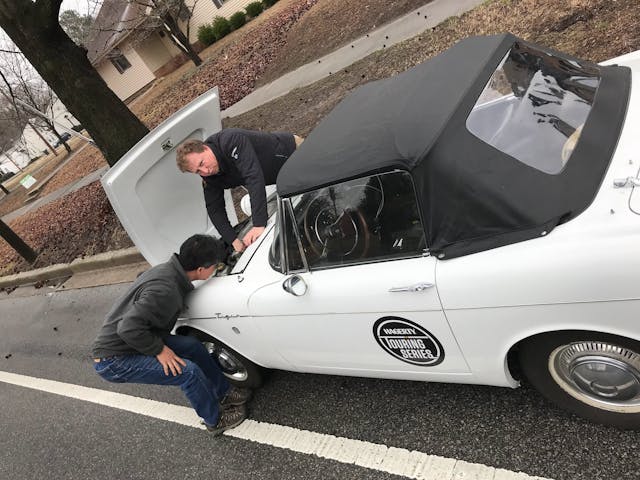
Whether on the road or in the shop, there comes a time when what you have is all you’ve got, and what you have just needs to work. Gaskets cut out of beer packaging, throttle cables made of shoestrings, or bailing wire on a part or piece that should be properly connected, but isn’t … If you understand a system well enough to engineer a functional fix on the fly, you truly understand how that system works.
Rite of Passage #2: Busted knuckles
You know the bolt is about to break free, so you give it a little extra oomph—and slam your hand into something. Usually, that something is heavy, rusty, or sharp … possibly, all three. Keep a record of your last tetanus shot handy, and know that we’ve all been there. Pulling towards yourself is often safer, except when it comes to cutting tools or other sharp implements.
Rite of Passage #3: Trapped tools
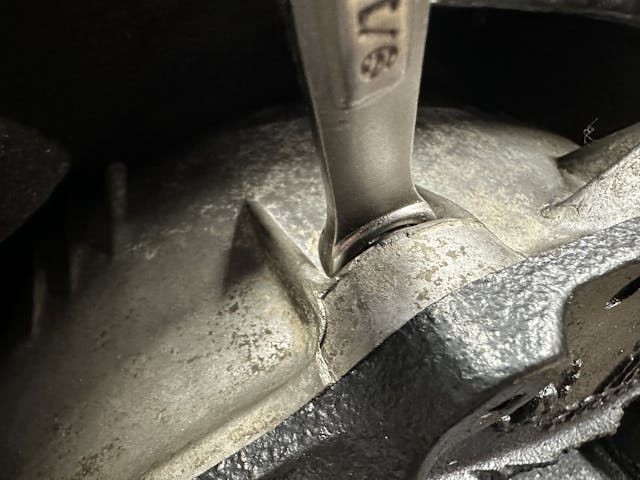
The order of operations during disassembly and assembly is important—but you’ve got to pay attention to your tools, too. We’ve all been in situations when the excitement of a bolt coming loose makes us forget the limited space we’re working with, and suddenly our wrench is trapped between a bolt and a hard place.
Rite of Passage #4: Broken hardware
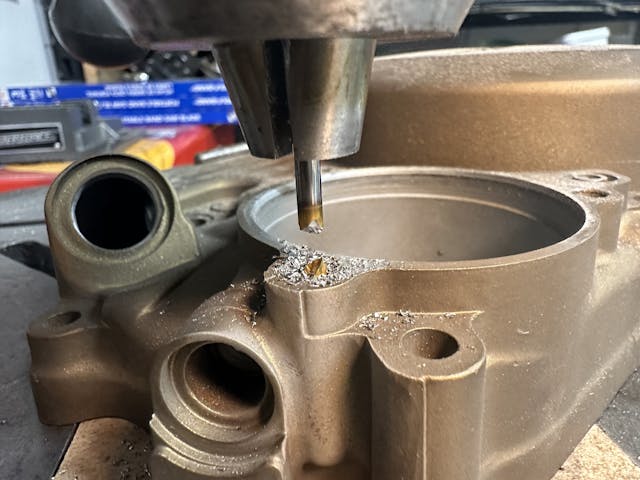
When a bolt chooses to Marie Antoinette itself, or threads stretch past the plasticity point and become unusable, progress can get tough. The fact of the matter is that rookies are more likely to break hardware, but there is a bit of a bell curve: As you tackle more and more projects, the quality of your work often rises; and then, as you gain confidence to handle the problems you now expect to encounter, the quality of your work tends to dip. Learning new methods for dealing with broken and stuck hardware is a never-ending quest for any wrench, green or seasoned.
Rite of Passage #5: Buying the shop manual
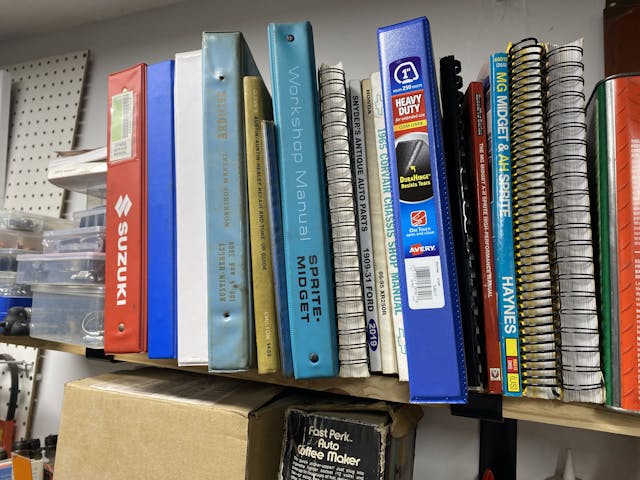
Just about everyone went through a phase when they felt as though they knew everything. Most advance out of such a state to understand that, even with everything they know, the shop manual knows more. Learning just how important and helpful a shop manual can be is often a freeing experience: Buying one is the first step to being self-sufficient because it allows you to solve problems without calling in experts or endlessly searching the web.
Rite of Passage #6: Disappearing parts

How else are you going to learn to organize your shop if you never experience the mildly panicked search for something you sat down right there? Everyone who ever gave you advice about doing DIY work probably told you to bag and tag parts and hardware, but most of us had to learn the benefits of organization the hard way to truly understand them.
Rite of Passage #7: Endless parts search
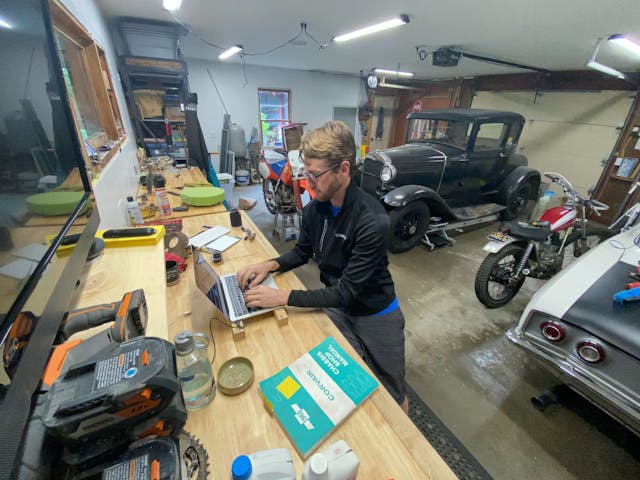
You saw that cool hunk of metal on the side of the road and just had to have it. Now you got it home and are excited to get to work and … Wait, there are no parts available for this? Sometimes the coolest models are the ones with the most problems and buying one that needs everything without realizing none of the parts exists is the gearhead’s version of falling in love with a crazy person: You often can’t give them what they need, and if you try, you’re going to be doing a lot of work (and probably spending a lot of money).
Rite of Passage #8: First rebuilt engine start-up
The thrum of a well-tuned engine is magnificent, but the stutter and cough of one chugging to life for the first time is even more enthralling. Was everything assembled correctly? Was anything forgotten? How is the combination of parts you chose going to work together? It all becomes clear with the first touch of the key. Weathering that storm of nerves is an experience unlike any other.
Rite of Passage #9: Ruined clothes
It was supposed to be a quick, clean job. Now that pair of jeans that used to be nice is stained with oil. (The situation is even worse if you’ve just ruined a pair of pants that your significant other specifically told you not to wear in the garage.) Typically when doing DIY work you dress to protect, not to impress. Hubris may protest, calling that an obvious truth, but the drawer of “work clothes” indicates we occasionally need a reminder.
Rite of Passage #10: Inclement weather moving in

Having a garage is a luxury that some of us take for granted. Most of us started by working on whatever we had wherever we could: Laying on our backs in gravel driveways, sitting cross-legged on the dirt of the back yard, or even leaning over core supports on the side of the street. If the sun was shining when you started work, your lack of protection from the elements becomes obvious as the clouds gather and the wind picks up. Being soaking wet, cold, and/or dirty while trying to assemble or diagnose your car is not fun, but we all must experience this misery to truly appreciate mild weather and good shelter.
Rite of Passage #11: Fixing what is not broken

The excitement to work on a project is sometimes so great that it must be satiated—even when there is work that needs to be done. I personally recall my father giving me the “if it ain’t broke, don’t fix it” speech while in my early teens; I had just made a mess of the garage floor taking apart something that had worked when I started and, more than likely, would never work correctly again. Poor thing.
Do you have to go through all of these to be a decent mechanic? Of course not, but many of us have experienced most, if not all, of these and more. Think we missed a rite of passage that changed you? Let us know about it in the comments below.
***
Check out the Hagerty Media homepage so you don’t miss a single story, or better yet, bookmark it. To get our best stories delivered right to your inbox, subscribe to our newsletters.
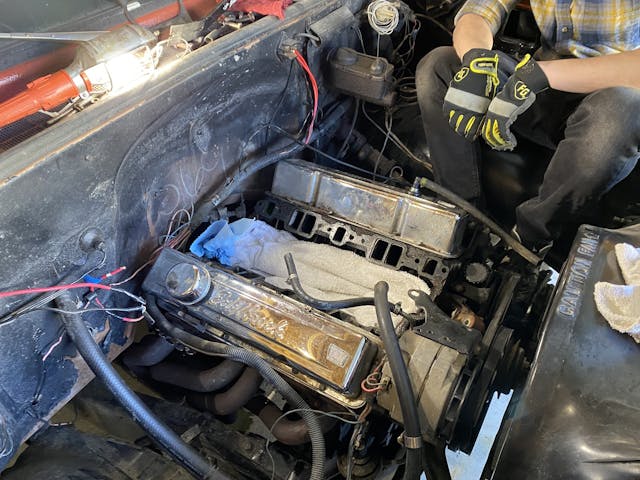


I used to pass up buying any car with a bad transmission….now I buy those cars because I know I can fix those transmissions. E38 BMWs with no reverse for example. Making clutch drum compressors out of chunks of pvc pipe and exhaust adaptors has served me well. I’ve always thought “a human designed and built it, this human can figure it out and fix it”.
Agree that “pulling the engine for the first time” and getting it back on the road qualifies as a rite of passage. Not being a professional mechanic, it goes on my lifetime achievement list. Pulling the moter involved at least 10 of the items the author listed. Now I need to pull another motor and install a clutch this summer. Am looking forward to it this time!
Been messing with cars since I was 16.Now 73.
One thing I learned over time is the KISS principle.
If all of a sudden it stops don’t go to extremes to diagnose it.
Usually a simple fix will solve the problem.
#12 Finishing a repair at 3 AM because you have to drive to work the next day, taking the car down off the jack stands, and realizing the thing you left under the car has just poked a hole in the oil pan.
Well, I hit all 11. My wife & I laughed about some fond memories. We met as high school sweethearts 44 years ago. She spent many hours helping me tinker around my new 82 Jeep CJ7 Jamboree, which we still drive around in the Summertime!
How can a nut, washer or other small part roll/run under a toolbox or just disappear? Telescoping magnet a must.
My first car was a 1961 Morris Oxford that I purchased from 2 elderly ladies that had finished driving. The car had been in storage 2 years . 1972 was a good year to have an 8 track under dash player. My presious Rolling Stones tapes were being chewed up by my new 8 track player!!!Positive ground on British vehicles.Oh well.Lesson learned. Next was leaking wheel cylinders. Break out my new hardware store socket set. I could write a book about my experiences. All of the Rite of passages apply to me. Iam now at 69 passing it down to the younger folk that will take the time to listen. I consider myself experienced now with my self restored #s matching 1970 Swinger 340.(self restored = room for improvements during the winter months LOL
a) I seldom buy a collector vehicle without first buying and reading a shop manual for it.
b) For some of my vehicles, the parts manual is more instructive than the factory shop manual.
c) YouTube videos can be even better. Or they can help you feel better about what you think you do poorly when wrenching (but do better than that guy who shot the video).
BROKEN TOOLS MY FIRST ENGINE REBUILD–Was torquing the head bolts on my 427 Ford V8 at 95 to 105 lbs. Engine on the garage floor, feet braced against the block and my butt slightly off the ground. Quite a trick to see the torque wrench needle. Then, CRACK, I couldn’t bear to look. Was sure I broke a head bolt (my worst fear). But no, the cheap used Japanese socket in my set finished its old crack and set me on my buns.
Whew! I scrapped the socket set but still have the replacement socket, now 50 years later.
Spending 3 times as much for a car than it is actually worth and discovering lots of hidden/covered up stuff that makes the car JUNK!
I really like my 03 TBird…but every job seems difficult… no space to get tools in place to work…yes at least there was room to work in the engine compartment in classic pontiacs and chevys, etc. yes, dropping wrenches and sockets in difficult to reach areas…good thing for tool magnets, except when fishing for an aluminum what ever type dropped part in 95 degree Florida heat and mosquitos try the temperament of course…but at this point in life I rather work on the old cars than play golf…really…all the best to all the Haggerty shade tree mechanics out there.
If it ever drops on the floor, any kind of floor, I’ll never see it again.
Finding out that mixing ring and pinion gears doesn’t end well.
Kyle,
You have hit it out of the park with this article!
My father took the family and a Plymouth Savoy to New Zealand after the Canadian government cancelled the Avro Arrow project in 1959! The New Zealand authorities required that he convert the left hand drive car to right hand drive. He did this himself, and a 5 year old self always went to the garage to “help”. I guess I was hooked on cars from that point on!
I’ve probably experienced all of Kyle’s mentioned points, and I’ll share one….
While driving on a remote Vancouver Island logging road with friends and my father, the 1966 Pontiac shuddered to a halt! It became apparent that no fuel was reaching the carburetor and pointed at a dead fuel pump. In the pouring rain, I removed the windshield washer reservoir and as much washer tubing as I could free. Gasoline was siphoned out of the tank. The windshield washer tank was now tied using shoe laces to the air vent grill in front of the windshield. Tubing routed the gas to the carburetor – thank goodness for gravity feed – the engine came back to life! When the fuel level dropped in the visible washer tank, we drew lots to see who had to get out in the pouring rain to siphon more gas from the tank! Repeating this dance, we continued to our destination!
You forgot to mention 6B. Disappearing tools.